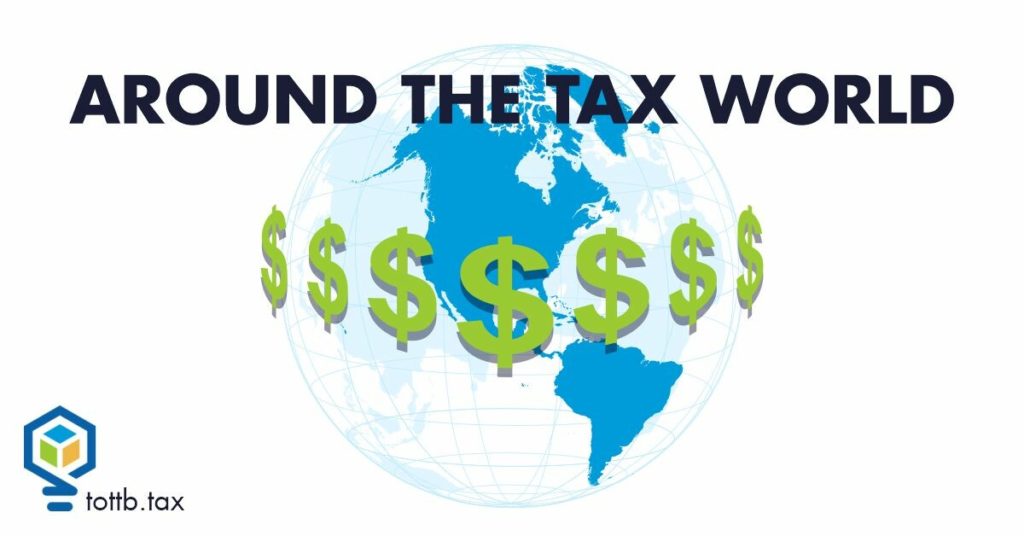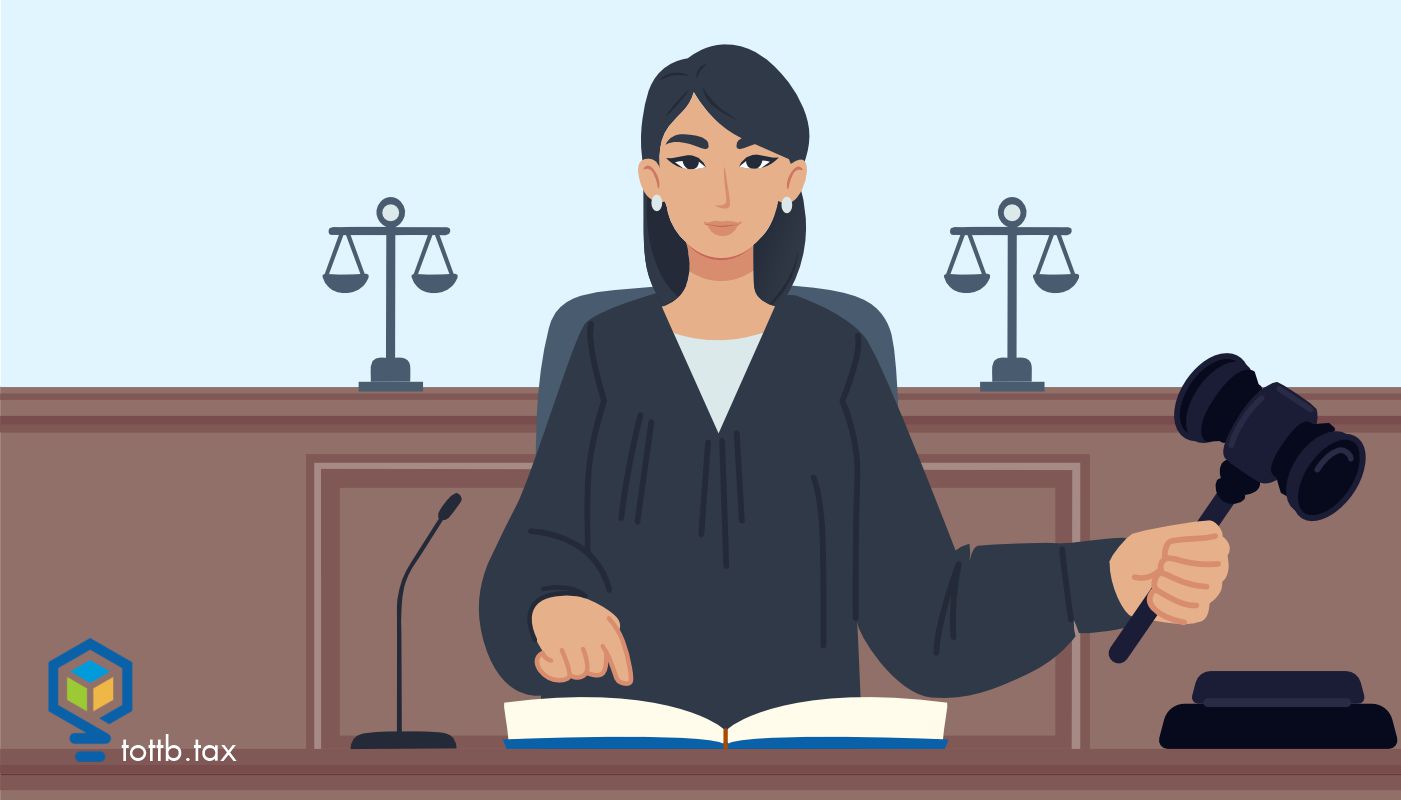Eco-conscious consumers could qualify for over $10,000 in tax credits and rebates under the Inflation Reduction Act. Taxpayers who purchase electric cars, high-efficiency appliances, or rooftop solar panels could receive thousands of dollars in tax benefits, though some of these may not be available until 2023 or 2024.
New electric vehicles can come with a tax credit of up to $7,500, while used vehicles can earn taxpayers up to $4,000. Both credits depend on the vehicle itself and the taxpayer’s household income. State and local governments may also provide their own incentives for purchasing electric vehicles. For new vehicles, the Inflation Reduction Act has several stipulations—for instance, the sourcing for the car battery’s minerals, the manufacturing and assembly of the battery components, and the final assembly of the car must all happen in North America.
Homeowners may qualify for the “nonbusiness energy property credit.” This 30% tax credit offers up to $1,200 per year to offset the costs of energy-efficient skylights, insulation, and exterior doors and windows. The cap rises to $2,000 for heat pumps, heat pump water heaters, and biomass stoves and boilers. The “residential clean energy credit” also offers a 30% tax credit for the installation of solar panels or other equipment that harnesses renewable energy.
With inflation on the rise, investors are looking to some lesser-known, tax-advantaged investment opportunities. Many investors are aware of the benefits of retirement funds like Roth IRAs or special savings accounts like HSAs and 529 education savings plans. Investors can also gain tax benefits through charitable donations and investments in economically distressed regions.
When the standard deduction was raised by the Tax Cuts and Jobs Act of 2017, many taxpayers no longer received tax benefits from their charitable contributions. One way to recover those benefits is through a donor-advised fund—a tax-advantaged account specifically used to make charitable donations. Investors can qualify for a tax deduction for contributions of cash, securities, and other assets to a donor-advised fund. Those assets can then be invested and grow tax-free until you are ready to disburse the funds to a qualifying charity.
Investors might also consider a qualified opportunity fund, which allows you to invest in businesses or real estate located in communities that have been deemed economically distressed by their state and the U.S. Treasury. One approach is to reinvest any capital gains into a qualified opportunity fund. This allows you to both defer your capital gains taxes and reduce your tax bill in the long run. Typically, the longer you hold onto the investment, the greater the tax benefits you will receive.
Lastly, the New Markets Tax Credit Program allows individuals and corporations to make equity investments in community development financial institutions and receive a federal tax credit. These institutions offer loans, investments, or financial counseling in specific low-income communities. The tax credit amounts to 39% of your original investment and is applied over the course of seven years.





